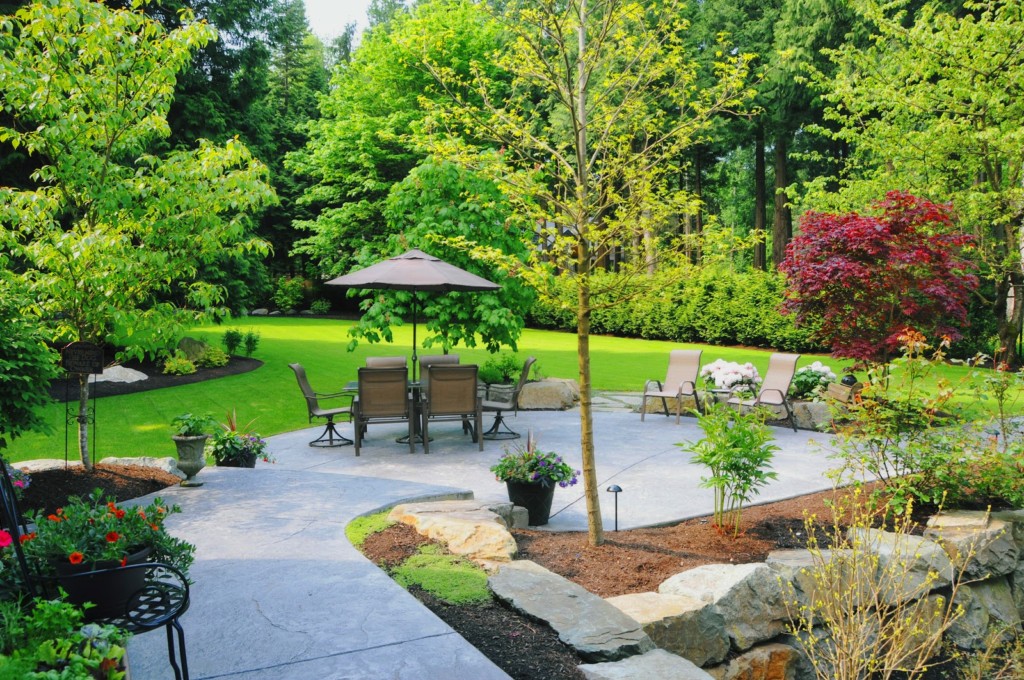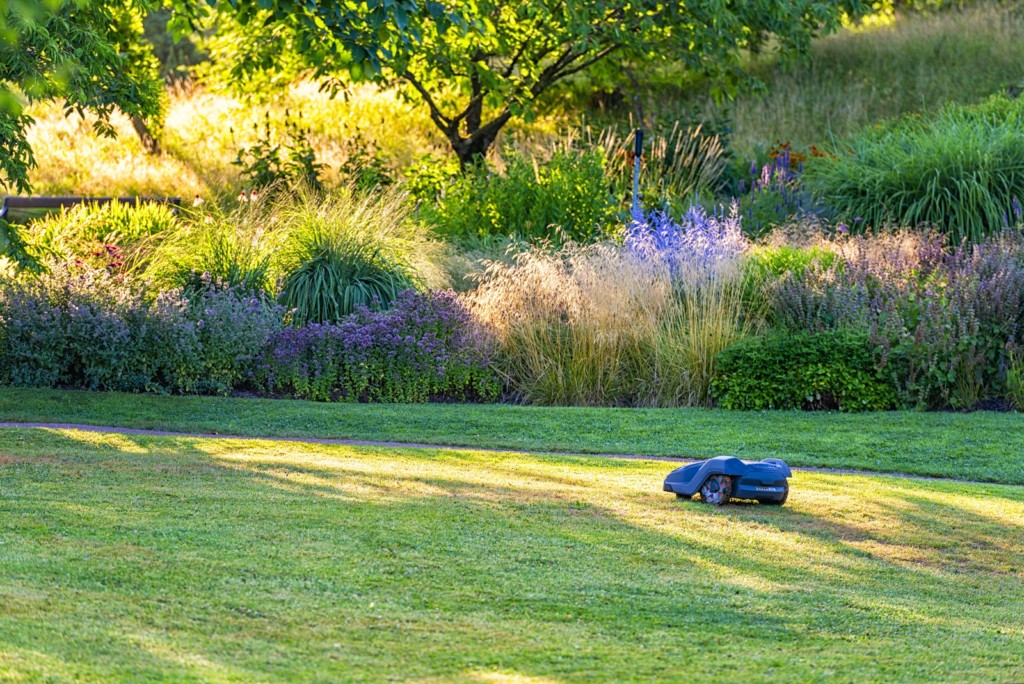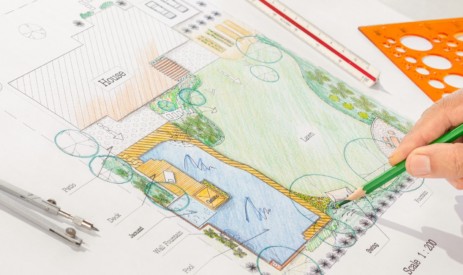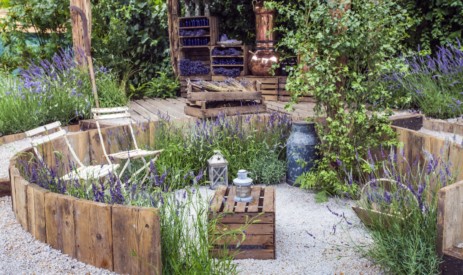How To Level A Garden And Other Landscaping Tips
Having a consistent surface to work on is a foundation for much great art, and it’s the same for any garden. A flatter plot of grass can decrease soil erosion, while allowing for a better spread of water to be absorbed into nutrient-rich soil. These straightforward tips will help your garden to look fresh whatever the season…
Flat earth
Level ground can also reduce the risk of flooding, as this enables water to distribute away from a property more consistently. In turn, this can allow for easier maintenance of your lawn.
Both grading and levelling can encourage better water management in a garden, but they do so in very different ways.
- Grading is the process of building a slight slope in your garden. Creating a gradient can lead to more efficient drainage and, when done neatly, can be an aesthetic feature that creates a vibrant addition to your home.
- Levelling is when you create a smooth, even surface in your lawn that doesn’t have unhelpful bumps or low spots. Here, we’ll take a look at how to approach levelling your lawn.

How to level a lawn
Alistair Barrigan, a professional gardener at Barrigan’s Gardens and Landscapes, shares his top seven planning tips to help you level a garden slope:
1. Understand the space you’re working with
One of the golden rules of landscape gardening is to be aware of the ground you’re going to mould. A full inspection should be done before you pick up your shovel or any other tool. Are you sure that you won’t be disturbing any pipes or wires? And are any changes you’re hoping to make in-line with local building regulations?
2. It’s a mistake to think flat is always best
Many new horticulturists don’t realise that it’s both healthy and desired for your turf to have a bit of a slope. A gentle slope away from your home can lead to just the right amount of drainage. In a perfect world, there’d be a downward gradient from your property of about a quarter of an inch for each foot. If that’s not possible then you’ll want the maximum slope of your lawn to be no more than twelve inches for every four feet.
3. Work out the run and rise of your garden
Using a board and level is the easiest way to measure the slope in your garden. You’ll be able to work out the rise of your garden by measuring the vertical distance from the top of a slope to the bottom, while the horizontal distance is known as a run.
Start by driving a stake into the ground at both the top and bottom of your slope. Next, tie a string around the first stake at ground level, and tie it to the second stake in a place where the string is completely level. The length of the string is the run of your garden and the distance between the string’s place on the second stake and the ground is its rise.

4. Prioritise any low spots
For low spots, the depth of such eyesores will help you to work out the best method of recovery for them. Shallow low spots of up to 2cm or 3cm could mean a DIY job is pretty easy, and you could top dress a lawn yourself. To do this, you’d simply need to fill out chosen areas with a combination of around two parts sand, two parts topsoil and one part compost.
5. Timing is everything
Ideally, you’ll want to start your improvement works in spring, so that your grass seeds have enough time to grow. This time of year should give enough moisture for the soil to settle. About a week before you level your lawn, water it so that the soil isn’t too hard or dry. Be careful not to over-water the soil though, as damp turf can be just as hard to work with as dry soil. To help make sure you’ll have good conditions for digging, dampen the soil again a day before you get to work.
6. Build solid foundations for the future
Once you’re set on a plan for how to level your garden, it can be a good idea to find some deep-rooted plants or trees, as this essentially means you’ll future proof your landscaping. If you’re unsure where to start, take a trip to your local garden centre and ask them which plants or trees are native to your area and so will grow well. Finally – be sure to keep on top of your gardening, as a garden that isn’t well maintained could suffer from fallout erosion, caused when layers of soil under the topsoil shift and wash away.
7. Ask yourself if the job is too big for you
There’s no shame in seeking landscape gardening advice from a professional, especially if your garden has more complex needs. For example, if there are low spots near water pipes. Sometimes the unsteady ground is caused due to damaged water pipes themselves.
If you have more severe low spots then you may need to install an underground drainage system. Steeper slopes can also prove to be complex to deal with alone, which can erode quickly and cause major challenges to the foundation of your home when left unattended. Adding a single wall or terracing such as with breeze blocks or natural stone is one of the best ways to solve this problem.
Don’t forget that each garden is unique, and your requirements may be very different from those of your neighbour. An expert could give your direction that saves you both time and money in the long run.

Related articles
Copyright © 2000-2025 Rightmove Group Limited. All rights reserved. Rightmove prohibits the scraping of its content. You can find further details here.


